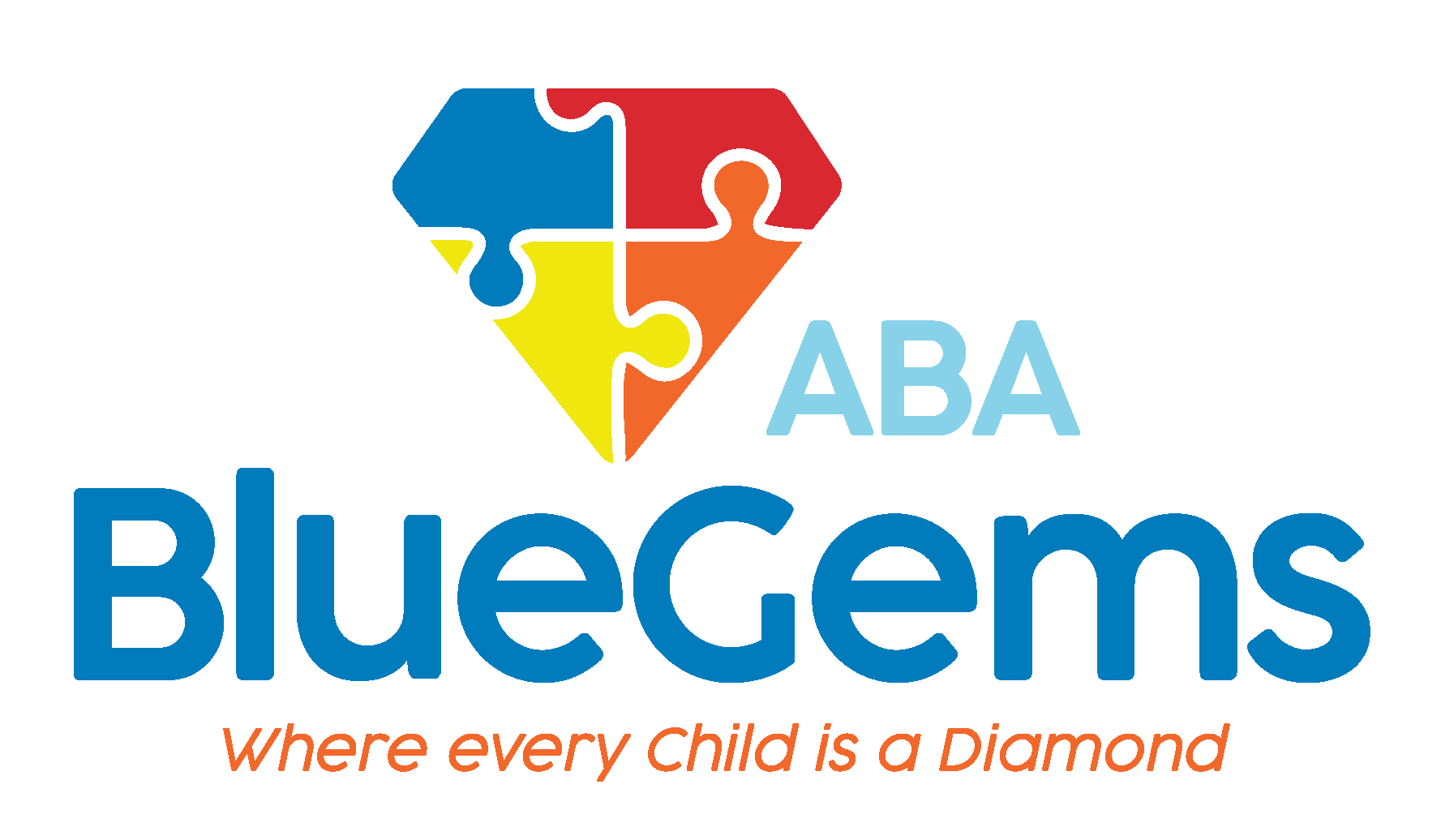Applying ABA Therapy to Real World Situations
Children who are diagnosed with autism spectrum disorder (ASD) typically struggle with communication and social interaction skills. They may also face sensory sensitivities, as well as have restrictive interests and/or display repetitive behaviors.
Developing these skills, though, are crucial to doing many things in today’s world — including forming friendships and social connections, working in team environments and completing group activities and even engaging in daily interactions.
Luckily, these are all skills that can be built over time, and the leading approach to doing so is applied behavioral analysis. Also known as ABA therapy, this treatment plan takes a science- and evidence-based approach to learning and behavior that helps children with autism gain the skills they need to live a happy, healthy and fulfilling life.
There are many reasons why ABA therapy is considered the gold standard of treatment options for children on the autism spectrum. One of the biggest ones is the fact that it can be applied to real world situations, which in turn makes it more practical and applicable for patients’ lives.
Let’s take a look at some of the ways this is done.
Table Of Contents
What are the Basics of ABA Therapy?
To understand how ABA therapy is applied to real world situations, it’s important to understand the basics of it. The ultimate goal of ABA therapy is to increase helpful behaviors while also decreasing other behaviors that would be considered harmful or affect a child’s learning.
This is done using a number of different strategies, all of which help patients increase their communication and language skills; improve their social skills, academics, memory, focus and attention; and decrease any problem behaviors.
ABA therapy uses Behavior Analysis (BA) and many other techniques like it to help patients achieve their goals — all of which have been in use for many decades.
Therapists start by analyzing each individual child’s strengths and challenges. Then, they create a personalized ABA therapy treatment plan that seeks to address these unique things for each child.
Goals are set, and progress is tracked toward those goals. Then, over time, as the child progresses toward reaching those goals, the plan can be changed or altered over time so it better reflects their current needs.
Therapists use positive reinforcement, repetition and many other strategies to work on the child’s behaviors, the results of which are meticulously tracked.
How Does This Individual Work Relate to Real World Situations?
Since every child with autism is unique, each case may involve different approaches to applying ABA therapy to real world situations. Even on an individual basis, though, children can gain great skills that they can use in their everyday lives once therapy sessions are over.
For instance, ABA therapy helps patients with practical, everyday tasks. This includes brushing their teeth, getting dresses or getting a snack from the kitchen.
Since ABA therapy can be administered in the home in many cases, the therapist can help the child understand how to brush their teeth, for example, with their own toothbrush in their own bathroom. This helps them to apply the skills to the actual tasks they will be doing.
In addition, a reward system can be set up with the child’s own toys. The positive reinforcement aspect of the therapy can include allowing the child to have extra time with a toy or book they love when they display a positive behavior.
Learn more about SD in ABA Therapy
How Does ABA Therapy Integrate Other People?
Individual therapy and instruction is great for teaching basic skills, but it only goes so far in helping patients adapt to real world situations. That’s why ABA therapy integrates other people into the process as well.
First and foremost, family members, caregivers and others will be part of the therapy process, helping them to see what strategies are used in sessions so they can help the child once sessions are over. This family involvement is crucial to the long-term success of ABA therapy, since that support is often going to be needed well after therapists leave.
Beyond that, ABA therapy can be brought into group sessions as well, allowing children to interact with their peers, and build social and communication skills as they do so. This can be done in a clinical setting with other children on the autism spectrum who are also getting ABA therapy.
Depending on the child’s unique situation, ABA therapists can also come into the classroom to give support to a child who is in a structured educational environment. Again, this helps the child apply the basic strategies of ABA therapy to real world situations in which they are currently engaged.
Blue Gems ABA Teaches Practical Skills for Real World Situations
A large part of ABA therapy is teaching skills that children can then apply to real world situations. In this way, the treatment is helping children not only improve in the short term but also setting them up for success for their lifetime.
At Blue Gems ABA, we have a team of dedicated BCBAs who craft personalized ABA therapy treatment plans that are specific to each individual.
To learn more, please contact us today.




